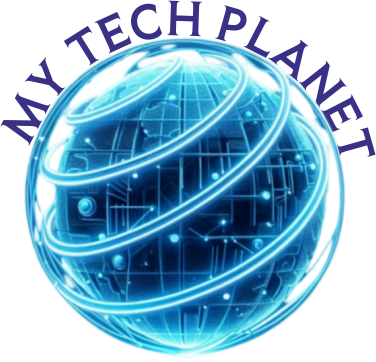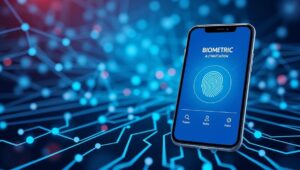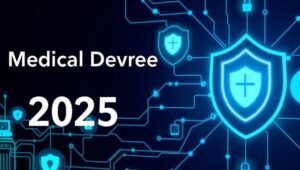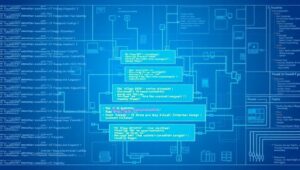Space-Based Computing: Data Centers in Orbit? (2035 Vision)
Space-Based Computing: Data Centers in Orbit? (2035 Vision) The relentless pursuit of faster, more efficient computing has historically been confined to Earth. But what if we could break free from terrestrial limitations and establish data centers in space? This article explores the intriguing concept of space-based computing and its potential to revolutionize data processing by 2035. The Case for Orbit Several factors make space an attractive location for data centers: Reduced Latency: Data transmission speeds are limited by the speed of light. Placing data centers closer to satellites and other space-based assets significantly reduces latency, crucial for applications like real-time













